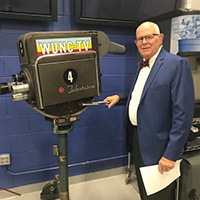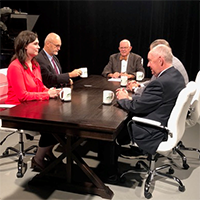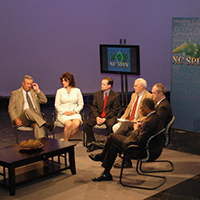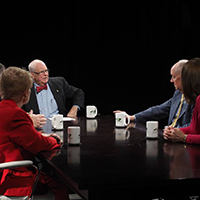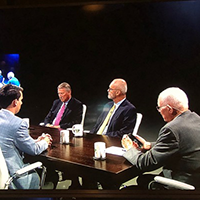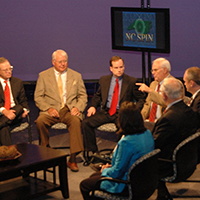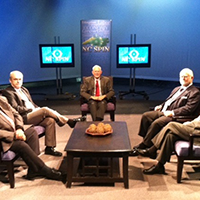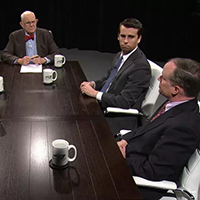A generation ago, gun control debate looked quite different
Published June 22, 2015
by Bob Ashely, Editor, Durham Herald-Sun, June 21, 2015.
North Carolinians can breathe a bit easier after the State House backed off some of the more extreme gun measures it had seemed poised to pass.
Many Republicans joined House Democrats and, as the Associated Press reported it, “scaled back the scope of the bill as sought by gun-rights advocates and some GOP allies.”
The coalition refused to repeal the requirement that gun purchasers apply for a permit from the county sheriff. North Carolina Sheriffs Association and Gov. Pat McCrory had opposed that repeal.
The coalition deleted a provision that would have allowed lawmakers and staff members with concealed-weapon permits to carry their arms into the Legislative Building. As a colleague remarked with dark journalistic humor when that was first introduced, “politics in North Carolina is going to become a lot more interesting.
While it’s unlikely a shouting match over, say, tax code changes would have provoked a lawmaker to draw a pistol to emphasize his or her point, the notion of legislators and staff members packing heat was unsettling.
So, with Tuesday’s votes, a little air went out of the continuing effort here, and in many states, to loosen already limited controls on what Second Amendment purists believe is an unrestricted right to bear arms -- pretty much any kind, anywhere.
Ironically, perhaps, New York Times columnist Gail Collins last weekend reminded us how differently this issue was viewed a half-century ago.
Guess who said in May 1967 that he saw “no reason why on the street today a citizen should be carrying loaded weapons.” And who added that guns were a “ridiculous way to solve problems that have to be solved among people of good will.”
The speaker was California’s then-governor, Ronald Reagan, the patron saint of modern conservatism (who appears almost centrist by the standards of his most hard-right political descendants).
What prompted Reagan’s reaction? In the spring of 1967, the country was splintering into factions whose anger and extremism make today’s political climate look tame. Pent-up anger in long neglected inner-city neighborhoods, impatience with the excruciatingly slow pace of desegregation, mounting opposition to the war in Vietnam – all combined to create increasingly volatile protest.
The Atlantic, in a 2011 article, recalled the scene in Sacramento, California’s capital, hours before those Reagan remarks:
“The eighth-grade students gathering on the west lawn of the state capitol in Sacramento were planning to lunch on fried chicken with California’s new governor … and then tour the granite building constructed a century earlier to resemble the nation’s Capitol. But the festivities were interrupted by the arrival of 30 young black men and women carrying .357 Magnums, 12-gauge shotguns, and .45-caliber pistols.”
After a fiery speech, the demonstrators, members of the Black Panther Party, marched, still armed, into the chambers.
And the legislature promptly passed a law – which the Panthers had come to protest – outlawing carrying a gun in any California city.
Collins closed her column observing, “maybe the way to turn this debate around would bring new recruits into the gun rights movement.” She quoted UCLA law professor Adam Winkler: “If open-carry advocates today were Marxist-leaning black radicals, we might have a very different situation.”
That’s an interesting commentary on how the gun-control debate has transformed in a generation.
